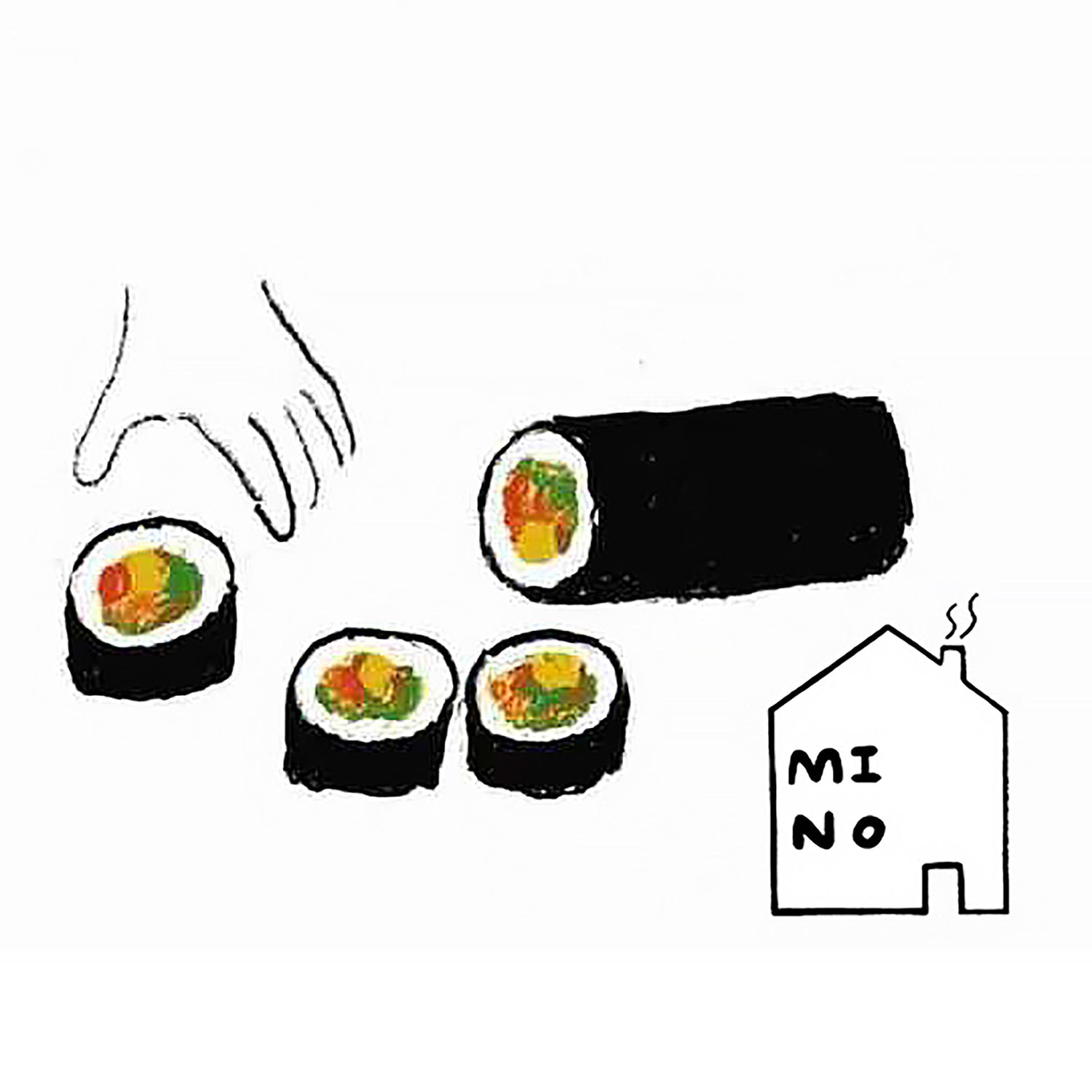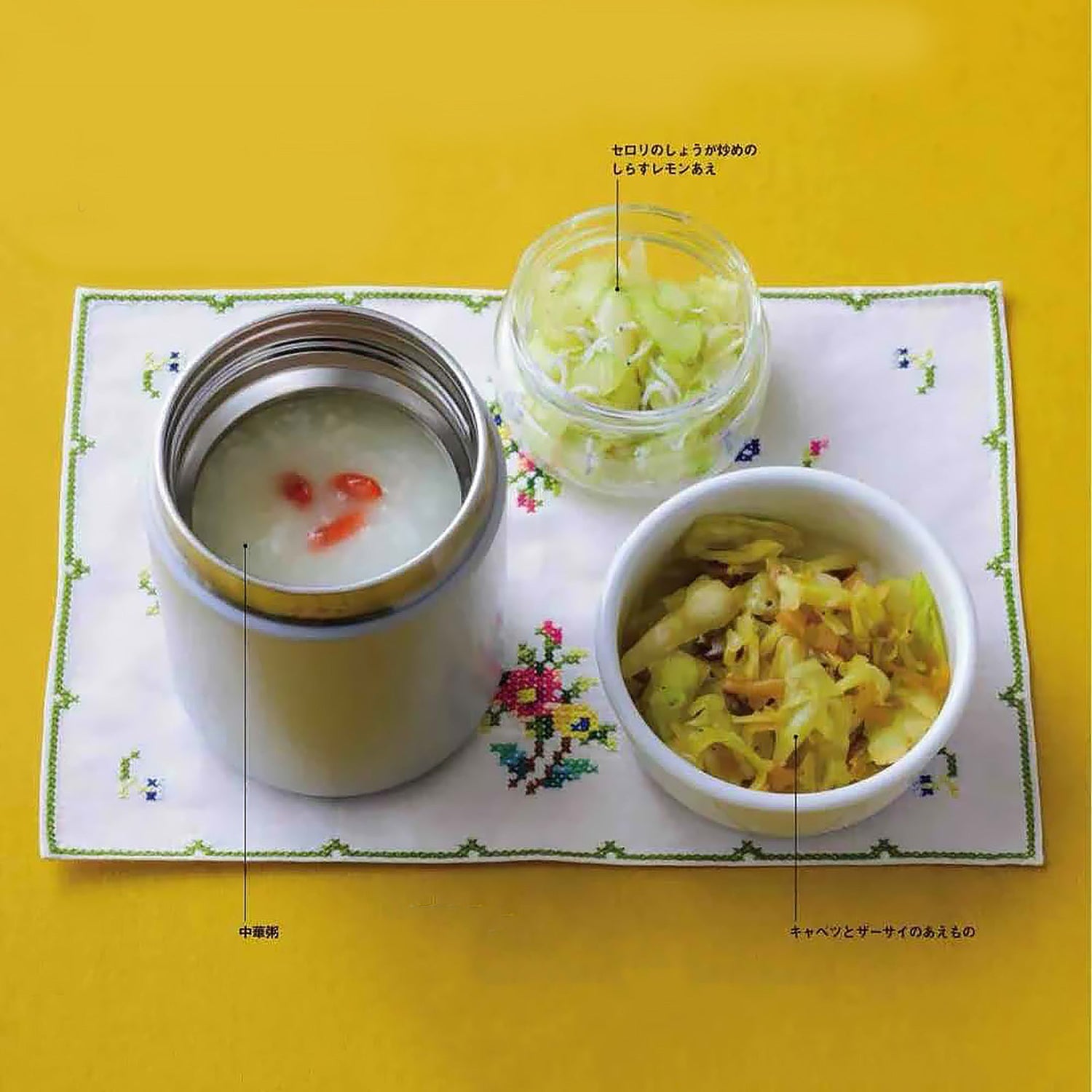
In the Japanese way of life, aesthetics are omnipresent. Whether in the elegance of the tea ceremony, the serenity of ikebana or the delicacy of Japanese cuisine, there is a deep respect for nature, time and details. This way of life is not only a quest for external beauty, but also a state of mind of tranquility and inner fulfillment.

The Japanese value a simple and orderly life, advocating the aesthetic of "wabi-sabi" — finding beauty in simplicity, appreciating the charm of imperfection. Japanese interior design, objects, and clothing emphasize simplicity, symmetry, and the integration of natural elements, creating an atmosphere that is both calming and refreshing.

Pizza slice for a good morning. First, put in the new long ingredients and stir after adding appropriate seasonings. Then, add other ingredients such as two teaspoons of a certain seasoning, a large tablespoon of a specific ingredient, etc. Then, put in three to four large tablespoons of a certain material, add an appropriate amount of water, and cook for about a minute. Finally, add appropriate seasonings such as the seasoning of the year, a certain seasoning of a few percent, the seasoning of seven preservation, etc. to make the taste richer. Come and enjoy this beautiful breakfast time!

After living in this house, I realized that every space has its own personality. I love the brightly colored folk art vases, but they don't match the beige and white tones of this interior, so I arranged them to respect the mood of the house. Every detail, from the furniture to the colors of the doors, contributes to its unique harmony. To create an ideal space, you have to understand the atmosphere it exudes and strive to harmonize with it.

A home’s unique character extends beyond the materials and colors of walls and floors; it also encompasses subtle details like window frames, baseboards, and even the color of doors. Perhaps the secret to getting closer to our ideal room is to identify the overall mood it exudes, and then find ways to align with that personality.

This 28-year-old apartment, located in Kanagawa, 10 minutes from the station, has been home to a family of three for the past two years. In this 2LDK space, freelance interior designer Saya Wada, in partnership with Ba&Co, has designed a warm and functional interior. The face-to-face kitchen, characterized by ribbed wooden panels and brass elements, evokes an elegant café style. The shelves display black appliances and colorful tableware, bringing a touch of vitality. The open layout allows for continuous interaction between the kitchen and living room, making daily life more convivial and inspired.



Yukiyo Yoshijima, known as Sacci, is a Japanese chef who spent ten years in Italy before returning to Japan, where she works in the Kansai region. In 2018, she founded a studio with an architect friend, using bricolage techniques. After the Osaka earthquake destroyed much of her tableware, potter Tomohiro Suzuki donated pieces to help rebuild her studio. Sacci values human connection and incorporates unique elements into her studio and kitchen, such as a school table repaired by an art teacher and custom-made chairs. Her space is filled with wood and metal creations, including steel stands and wooden plates designed for durability and aesthetics. The kitchen, set up by the window, is a focal point of this studio, which was the result of a complete renovation of an old folk house.

Yoshijima Sachiyo’s kitchen studio, located in an 80-year-old single-family home near Osaka, is reminiscent of a rustic Italian home, just a four-minute walk from the station. The 2LDK home, a residence for six years, hosts cooking classes and invitation-only private dinners, with regular events. Passionate about cooking and food coordination, Sacci focuses on efficiency and aroma. The kitchen is equipped with five burners and two ovens, with utensils carefully organized for each task, from wooden spoons for sauces to strainers and whisks. Each utensil is stored according to its function, and the studio is cleaned daily. The space reflects Sacci’s soul, where each tool shines with care and attention.





